How Japanese climbers pioneered the Eiger’s most direct route
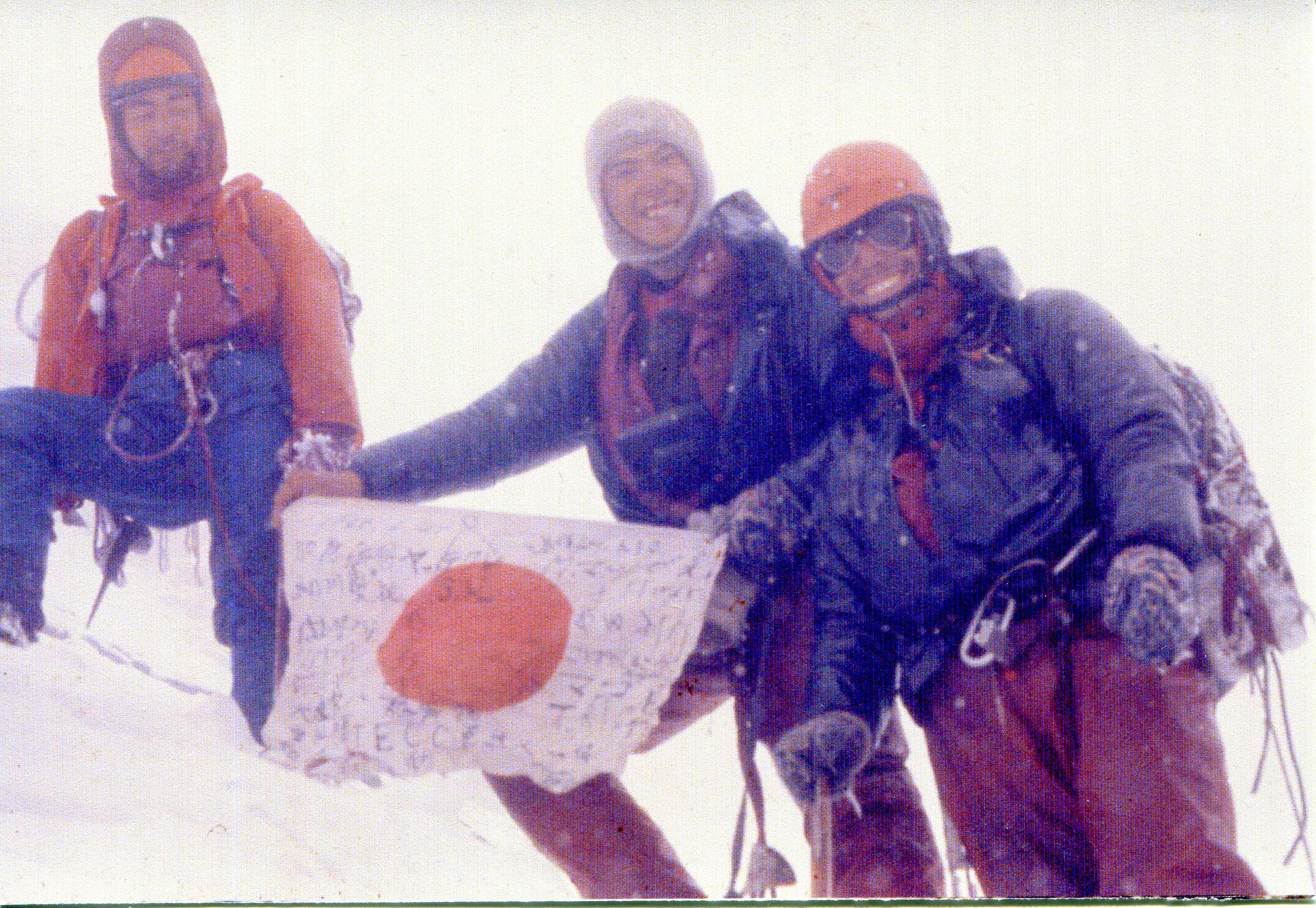
When a Japanese team completed a new direct route on the north face of the Eiger exactly 50 years ago, each climber needed much more than a small backpack, crampons and an ice axe.
The five men and one woman also needed more than the few hours it takes the best climbers today. They required an entire month, and about a ton of equipment to ascend the daunting north face of the Eiger. It was considered a siege of the mountain.
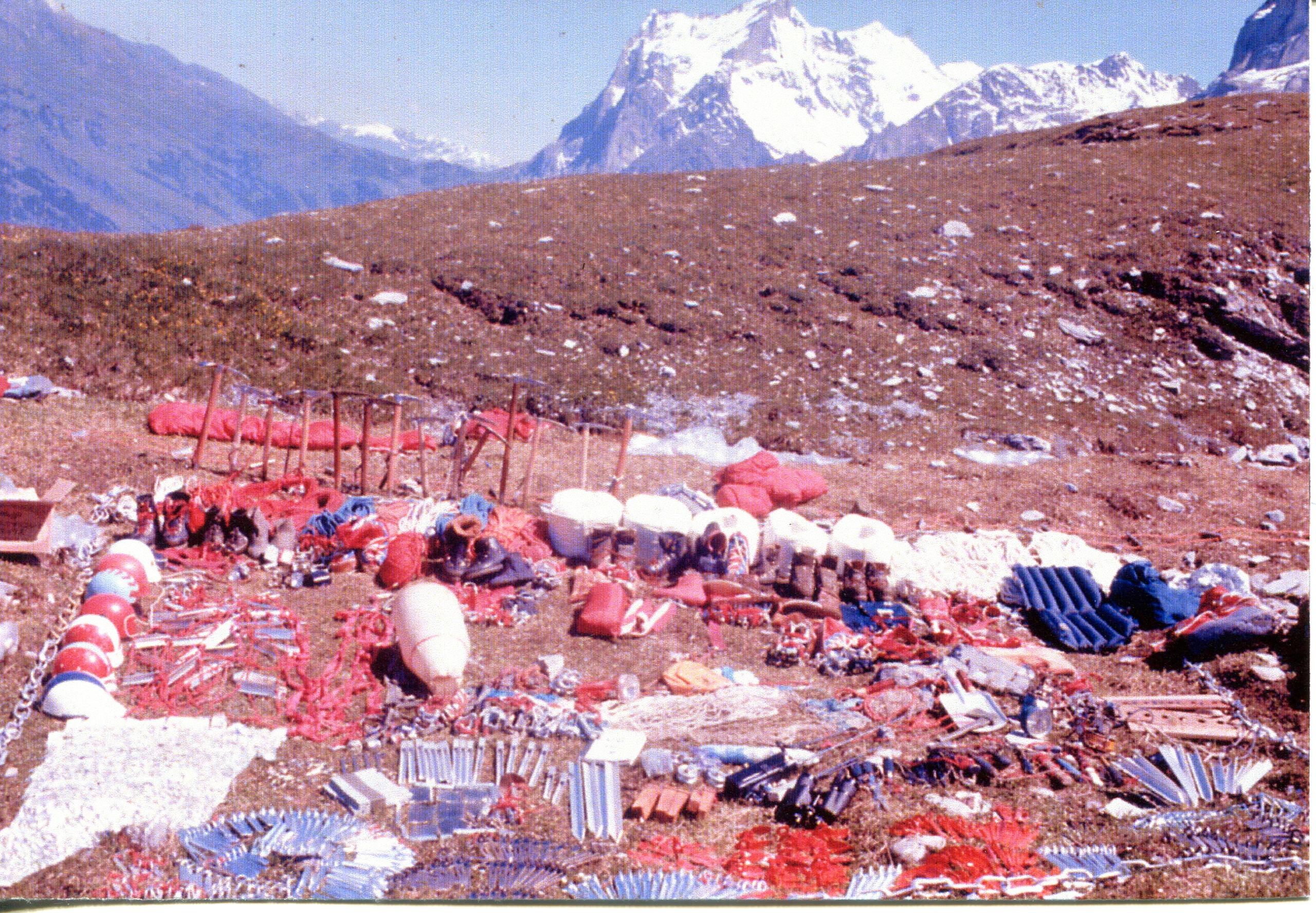
Their ton of gear included hundreds of bolts and pitons to secure themselves in the rock and ice, and nearly a kilometre and a half (8,000 ft) of rope. Their kit also included food and the minimum of material required to wedge themselves into nooks in the vertical rockface to sleep.
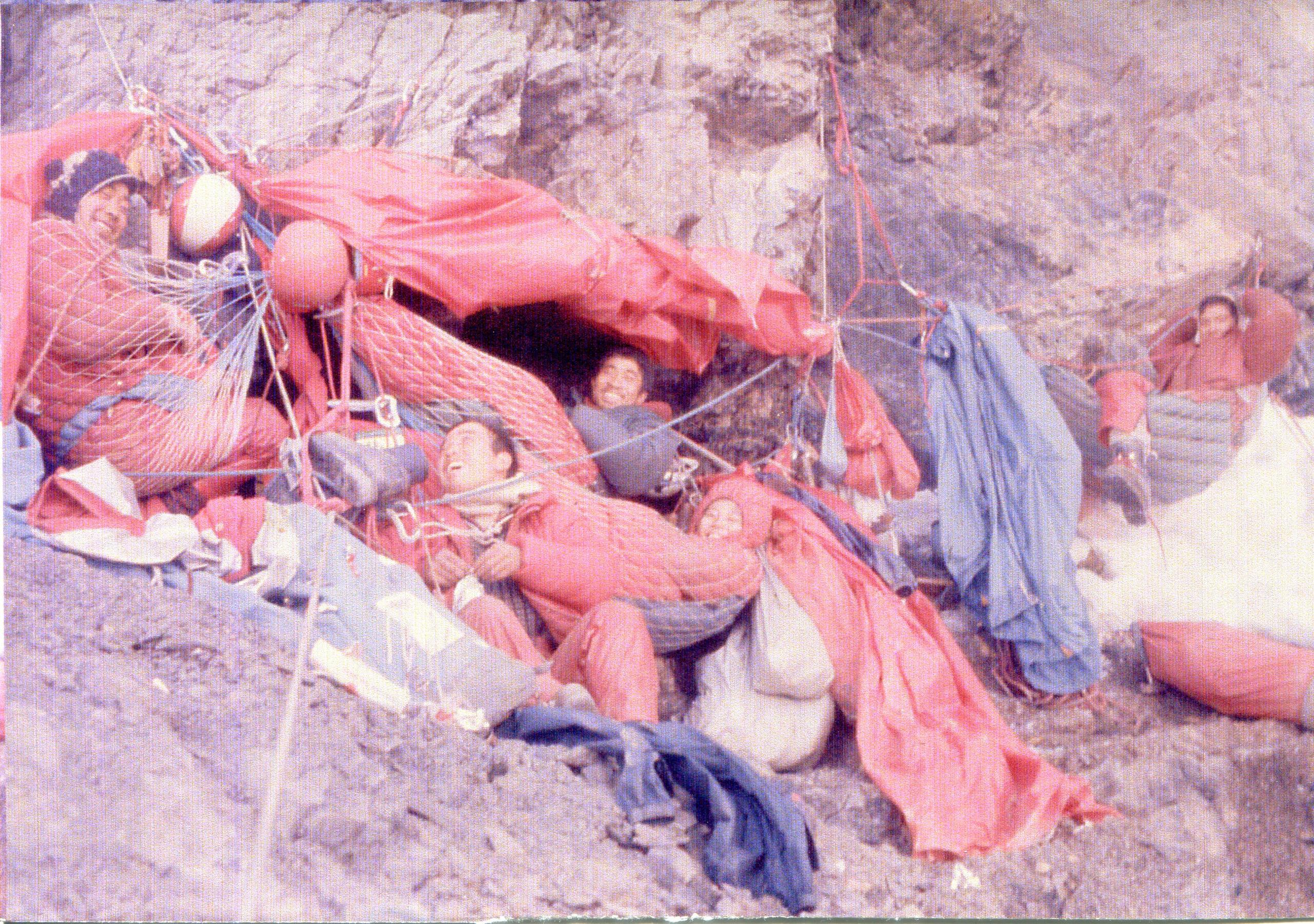
The Japanese climbers employed an “expedition style”, said Marco Bomio, who manages the village museum in the resort of Grindelwald at the base of the mountain. This summer, the museum is showcasing the historic climb in a special exhibition. “They set up the base camp and went up and down the north face to extend their route step by step and to gain the altitude,” he added.
“I thought the best and only way to attempt the notorious Eiger north face was to climb in a group of people tied together with a rope of trust, that is, they trusted each other from the bottom of their heart,” the lead mountaineer, Takio Kato, told swissinfo.ch.
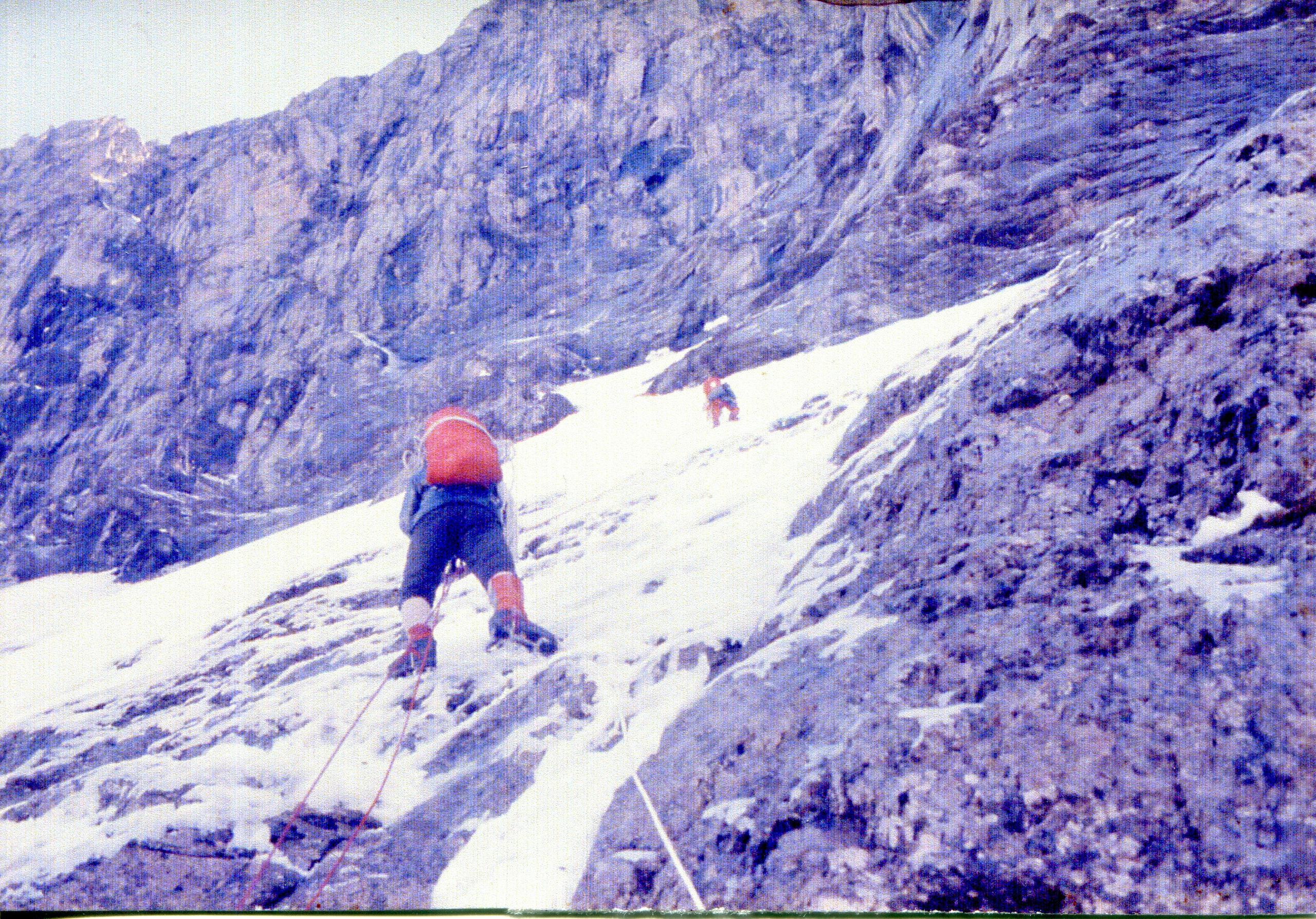
“I was absolutely confident that we could do it. In those times, quite a few Japanese mountain climbing expeditions went to the Himalaya. However, Japanese mountaineers were less familiar with rock climbing, which was required here in the Alps,” Kato, now 75, said.
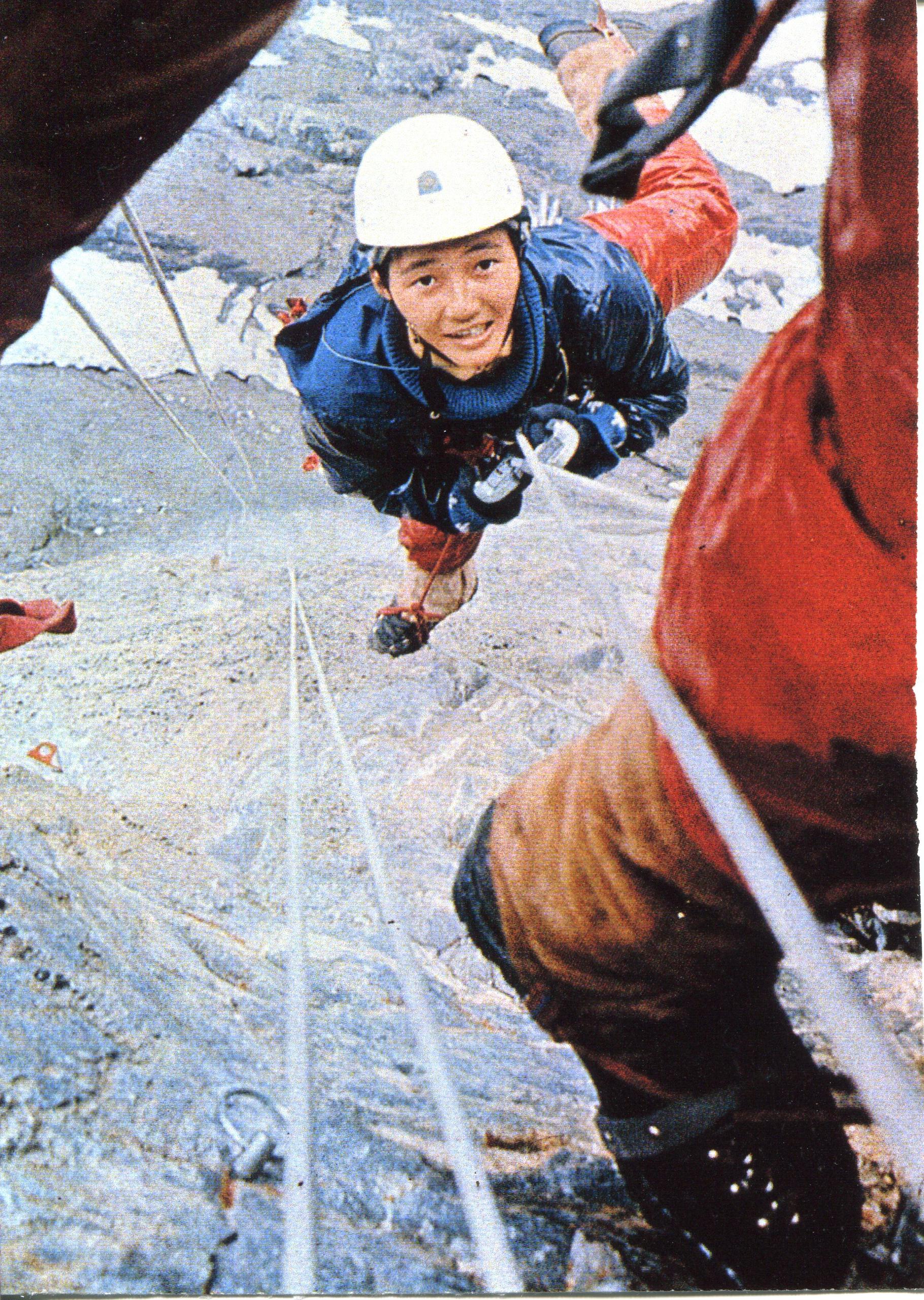
On August 15, 1969, the team completed a near straight line from the base to the summit. The route has been known since as the “Japanese Direttissima”.
In this archive footage from Swiss public television, the climbers show their route to the top – a route that made history.

In compliance with the JTI standards
More: SWI swissinfo.ch certified by the Journalism Trust Initiative
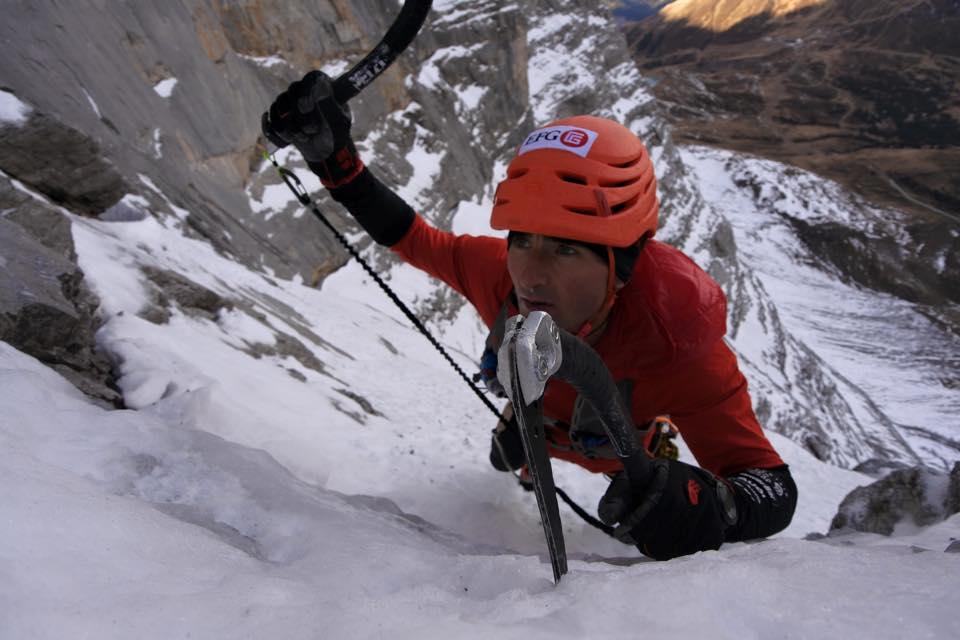
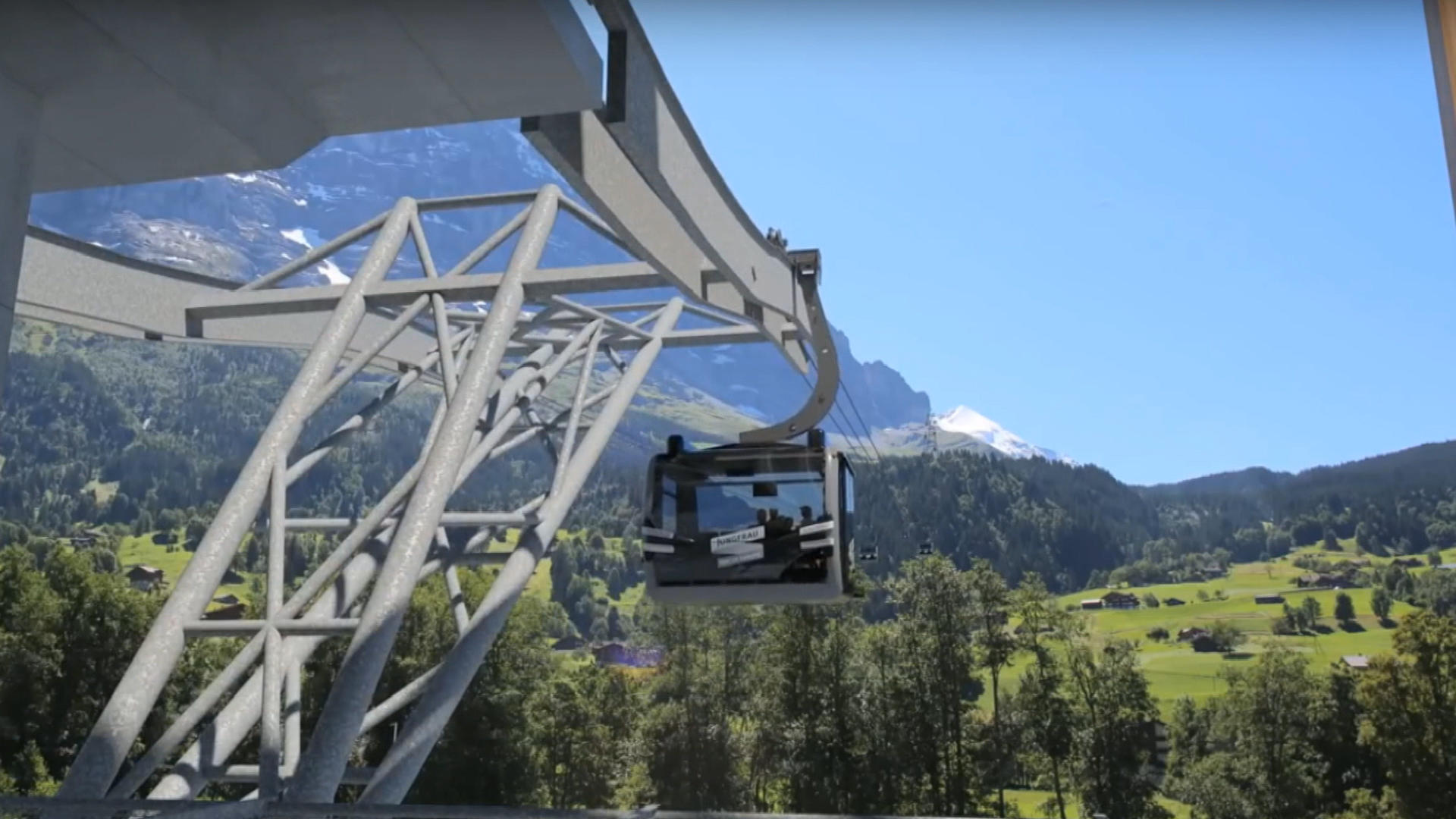
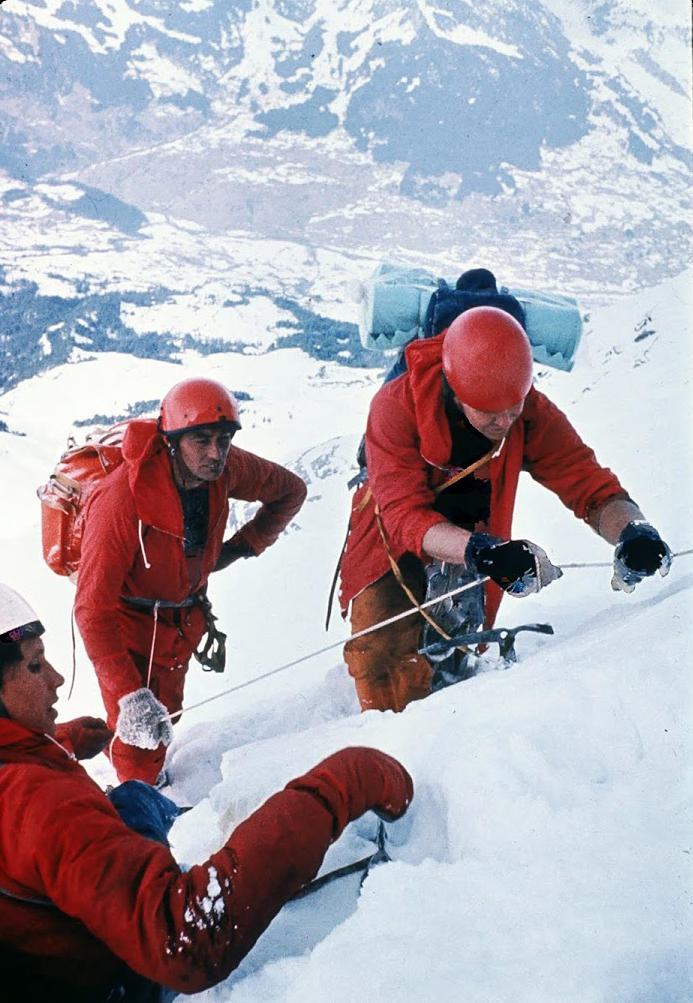
You can find an overview of ongoing debates with our journalists here. Please join us!
If you want to start a conversation about a topic raised in this article or want to report factual errors, email us at english@swissinfo.ch.